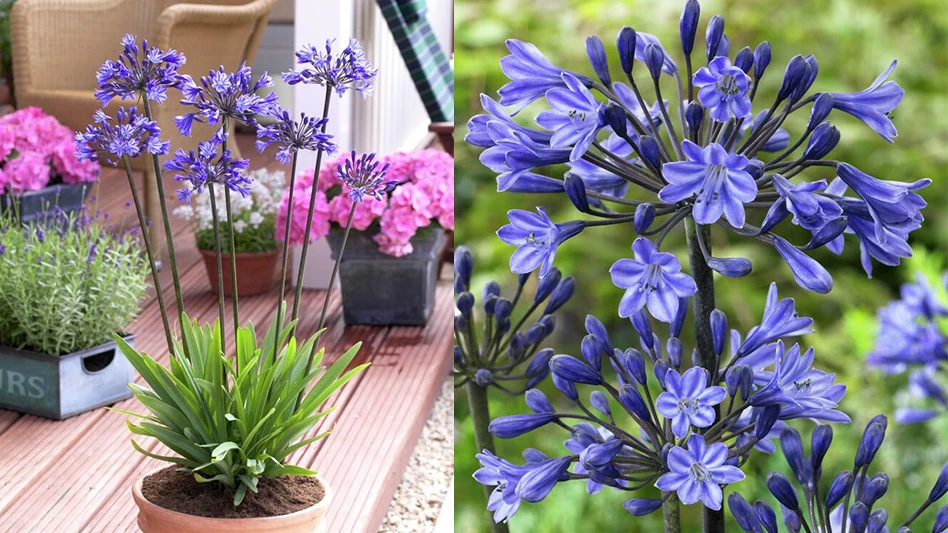
The final touch in a finished landscape is the mulch. Mulch creates a uniform and clean look, but more importantly, mulch can contribute to the health of our plantings.
Mulch ado
The most beneficial mulch is about a half-inch layer of manure compost (or sheet mulching) topped by a layer of shredded wood or bark mulch at least 3-inches thick, starting 2- to 3-inches away from plant stems and trunks. Try to use a mulch material that is local and renewable. Long-lasting mulches reduce the labor of reapplying, but short-lived mulches contribute more to soil health as they decompose.
Pine bark
This attractive mulch can be small, chipped bark or large nuggets. It is long-lasting. The smaller chips create a denser, more effective weed control than nuggets.
Pine needles or straw
This attractive, lightweight mulch has a fine texture. A thin layer of pine needles is the best mulch for seed beds. Short-lived, it is somewhat acidifying as it decomposes.
Cypress
In the past cypress mulch used to be a by-product of lumber mills. This is no longer true. The mulch purchased today comes from wide spread clear-cutting of entire ecosystems. (See SaveOurCypress.org for details.) If, by marketing a product such as cypress mulch, we are contributing to the degradation of an ecosystem, then we lose the respect of our conscientious customers.
Shredded hardwood
This mulch stays in place, even on slight slopes. It’s attractive and comes in a variety of shades and shapes, depending on the brand. It is moderately long-lasting.
Cedar
This mulch may be shredded or chipped. It is long-lasting and stays in place. In our area “cedar” mulch actually refers to juniper mulch.
Recycled rubber
“Compared to a dozen other mulch types, ground rubber is more likely to ignite and more difficult to extinguish,” said Linda Chalker-Scott, extension horticulturist and associate professor with Puyallup Research and Extension Center at Washington State University.
Stone or lava rock
Stone can be a natural-looking choice as mulch in areas such as a walkway or certain plantings where nourishing the soil is not a high priority. However, trees, shrubs and perennial beds would derive no benefit from such a mulch.
Sheet mulching
This is a method that is effective against the toughest of weeds. Sheet mulching may be used in a new garden or around existing plants. Be sure to leave at least a 2- to 3-inch gap between the mulch and the plant stem or trunk. Here are the steps:
1. If weeds are present, mow as low as possible. Leave the clippings. Water thoroughly.
2. Apply a thick layer (at least ½ inch) of good-quality manure compost.
3. Spread newspapers (at least ¼ inch thick). Overlap the edges several inches to avoid any gaps. Water as you go to keep newspapers from blowing.
4. Spread plain brown cardboard sheets, overlapping edges to avoid gaps. Water the cardboard down as you go.
5. Cover with at least 3 inches of mulch or add soil to create an instant raised bed.
6. If mulched, leave undisturbed for three months. Water twice a month or more.
7. After three months, rake off the mulch. Remove and compost any remaining paper, and prepare the area for planting.
Weed barriers
Landscape fabric
The most common weed-control fabrics are made from either woven or spun polypropylene, with varying weights, colors, sizes, and guarantees. No matter how many years a fabric is guaranteed, plan on having to replace the fabric, sometimes within one to five years.
Landscape fabric permits some air and water to permeate and prevents mild-mannered weeds from emerging from the soil. It doesn’t allow groundcovers and other landscape plants to spread, and doesn’t allow some organic nutrients to permeate.
Plastic sheeting
Plastic sheeting should not be used as a weed barrier. It does not permit air, water or nutrients to permeate.

Explore the September 2009 Issue
Check out more from this issue and find your next story to read.
Latest from Garden Center
- Meet the All-America Selections AAS winners for 2025
- AmericanHort accepting applications for HortScholars program at Cultivate'25
- 2025 Farwest Show booth applications now open
- The Garden Center Group hosting 'The Financial Basics of Garden Retailing Workshop Series'
- Weekend Reading 11/22/24
- Hurricane Helene: Florida agricultural production losses top $40M, UF economists estimate
- Terra Nova Nurseries shares companion plants for popular 2025 Colors of the Year
- Applications open for Horticultural Research Institute Leadership Academy Class of 2026





